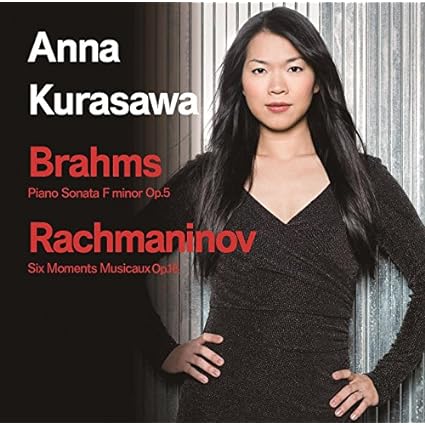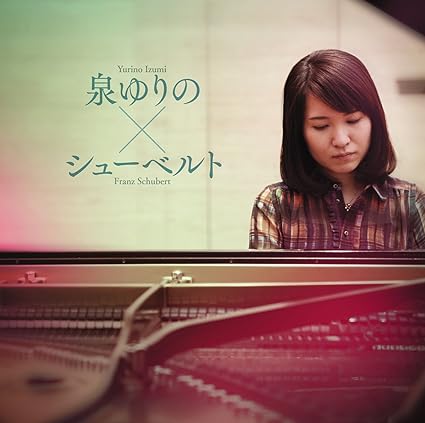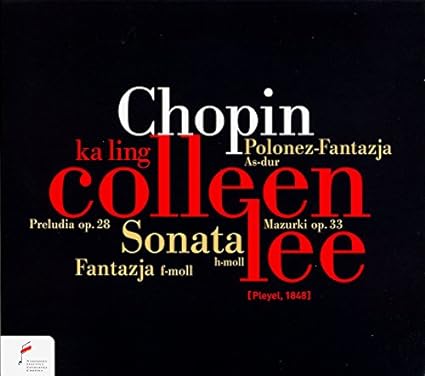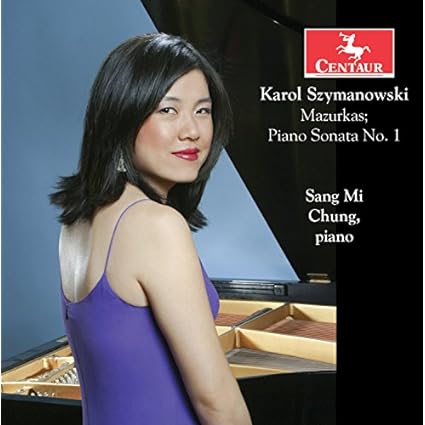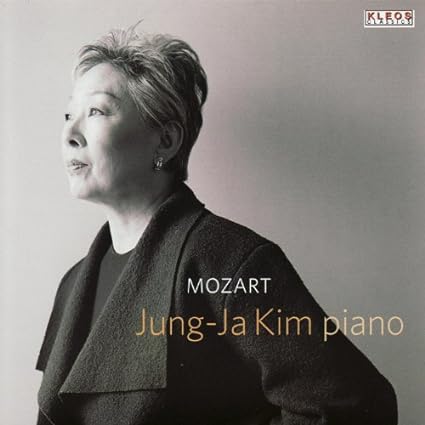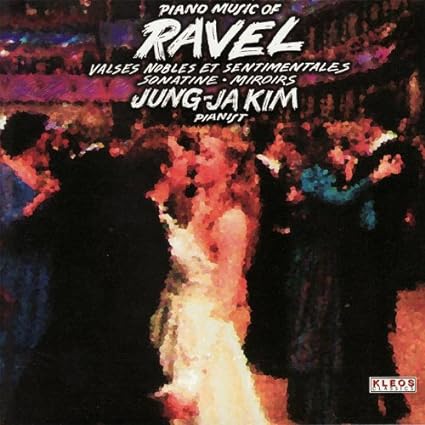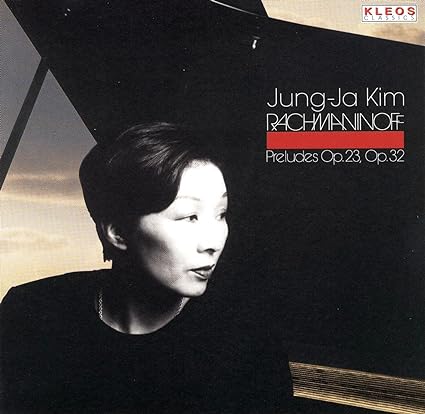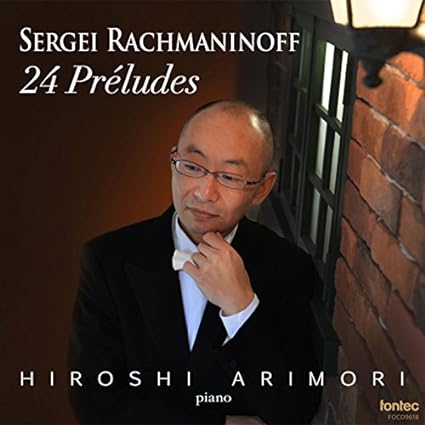
Korean pianist William Youn caught my eye when he released the second disc in his now complete Mozart piano sonata cycle. One off discs are common; second discs often presage even more to come. I decided to be patient and wait. After all, I've got more than a few Mozart cycles. Also, waiting afforded me the option of hearing him teamed with Nils Mönkemeyer in a Mozart collection for Sony Germany. The extremely high-grade results increased my interest in hearing this cycle.
Mr Youn did his early training in his home country, did some studying in the US, and ultimately moved to and studied in Germany, which is his home base now. Youn also does a lot of work with A-list orchestras and artists, which hints at good things. Very good things.
The first disc starts off with K282, still fresh in my memory after listening to forty-three versions in short-ish order. Youn starts with a sensibly paced, lovely, dynamically nuanced and precisely controlled Adagio. One marvels at his touch in almost every bar. The all-repeats-included minuets sound both delicate and rhythmically alert, while the Allegro is light and fun. I don't know if I'd say it
quite matches my top tier, but it hardly lags far behind, easily nestling in with the second tier folks. At least. Next, Youn jumps to a big un' in the form of K310. He starts the Allegro maestoso with a sense of drive and insistent left hand playing, and if it is not the last word in drama, it is driven enough in a classical sort of way. And Youn's fingerwork is so clean. The Andante cantabile is measured and lovely and often subdued and delicate. One might level a charge of it sounding too delicate, too precious, but such a charge would not really be accurate. Here's delicate playing of the most nuanced variety. Besides, how can one not love his trills? Anyway, the more intense middle section demonstrates that Youn can, when so inclined, play with elegant fire. The Presto is intriguing in that Youn simultaneously holds something back but moves forward with perfectly judged everything. In K330, Youn plays the repeat laden Allegro moderato in such a way that it's nine and half minute length wafts through the air almost breezily. It's tempting to say the left hand playing is the draw until one repeatedly delights in the right hand melodies dispatched with such disarming ease. The Andante cantabile is heavy on the cantabile, which works just swell. Youn plays with a bit more projection, of the eminently tasteful variety, in the Allegretto. It's bold but light. The disc closes with K570. Youn keeps the Allegro both forward moving and poised, not trying to make it sound like a "late" work, but rather just more refined than some of its predecessors. The Adagio is simple and serene, a case of doing more with less overt expression, though Youn displays his marvelous touch repeatedly throughout. The Allegretto, with its steady rhythm, clean playing, and perfect scale ends things properly. Nice. Very nice.
Disc two starts off with K280. Youn starts with some zip, but of the elegant variety. Much nuanced dynamic shading and ornamentation is to be heard, too. In the Adagio, Youn plays beautifully, with subtle rubato, and he maintains a classical reserve at all times, even when there's obviously something just below the surface. Youn plays the concluding Presto at a well nigh perfect tempo, and while he adds numerous personal touches, it all sounds entirely fitting. K311 follows. Youn takes the con spirito designation seriously, to extremely good effect. Light, quick, and at times playful, with discreet but not too discreet ornamentation in one spot, it delights for the duration. The Adantino finds Youn following the con espressione designation, too, and sounds tasteful with hints of playfulness and proto-romanticism, though it falls strictly within classical bounds. The Rondeau is spirited and clean, with Youn taking turns spotlighting melody and accompaniment with precise control. K332 starts off with a pleasantly rushed Allegro, though that effect is fleeting. For the most part, the movement is swift and tastefully forceful. The Adagio is slow and deliberate and executed with an ear to forensic precision. Youn opts for all the repeats in the Allegro Assai, and even with a brisk tempo, it comes in at 10'30". Youn mixes things up enough to make the time fly by. Excellent. K545 closes the disc, and here Youn starts it off precious and restrained in the Allegro, but spices it up a bit with ornamentation. The Andante borders on being a show-stopper. Playful and light, the left hand playing manages to bounce along yet be mechanistically perfect while the melody is most pleasurable, with even the last two notes distinctly appealing. The Rondo is fun with hints of fire. Most excellent.
The third disc starts off with K279. The more resonant recording lends a bit more thickness to the already heavier sound Youn goes for - not that it's ponderous, or anything like that. This sonata can be a long slog, and while Youn does nothing to shorten it, his touch and taste make it anything but wearying; the Allegro is satisfyingly energetic, the Andante is expressive and nuanced, and the concluding Allegro is spritely and cleanly articulated. Yep, it's a goodun. Next up, the critical K331. Youn delivers a lovely Andante theme, though even more beautiful can be heard, and he adds his little touches with eminent tastefulness. He cruises through the variations, deploying his full bag of tricks displayed to this point to excellent effect. The way he ends some phrases and accents are especially effective. He's not afraid to add dashes of showy playing, with said showiness always being of the appropriate sort. Youn plays the Menuetto with much style, but also much more overt ornamentation. Some listeners may find his embellishments a bit much. Not me. He then ends with a mostly light touch Alla Turca. Even the fastest, loudest playing displays a not over the top touch. The disc ends with a hulking, half-hour take on K533. Youn dispatches the opening Allegro, all 10'44" of it, with an effortless lightness. It zooms by. The even more extended Andante is a dreamy, almost too beautiful fantasy that goes on for nearly a quarter-hour. I didn't want it to end. The final movement starts with a potentially too lovely Rondo and moves to a nearly as lovely Allegretto section. If a pianist endeavors to make a Mozart sonata assume heavenly lengths, this is how to do it.
Disc four opens with K281. Youn opens with a playful, clean Allegro. He imbues perhaps a bit too much refinement into the Andante amoroso - it is from a youthful Mozart - but it's so incredibly well done, with such fine levels of control and beauty, that it's hard not to just revel in the playing. The Rondeau has a sort of effortless and refined playfulness to it, making for a perfect end to an uncommonly strong rendition of the work. Youn then proceeds to play the opening Allegro of K283 a bit heavier than expected, though it still qualifies as light. He ornaments just so, too. Everything sounds just right, with a gently bouncy rhythm when and where appropriate. The Andante retains the highly refined, at times delicate, at times playful sound evident in the early sonatas. He plays with a touch more oomph in the Presto, though nothing can deter Youn from sounding lovely. Very nice. K333 sounds slightly more refined yet, and includes more ornamentation in the repeat laden Allegro. With both it and the even more beautiful Andante cantabile coming in at over ten minutes, the playing and music takes on Mozartian heavenly length again. In the Allegretto grazioso, Youn takes the grazioso designation seriously, and plays with a light touch sure to delight. It just flows. The disc closes with D576. Youn holds back a bit, luxuriating in the music, sometimes playing with extraordinary clarity, sometimes playing with a more blended sound. The right hand playing sounds especially fine. The Adagio adds a bit more drama, though not too much. In the Allegretto, Youn adds a bit more heft to his left hand playing, and perhaps hints of drama, though of the unfailingly refined sort. It's just dandy, as is the sonata as a whole, and the disc.
The final disc opens with K284, which, with Youn's penchant for observing repeats, comes in at a over twenty-six minutes, most coming from the theme and variations ending, of course. The Allegro is generally fleet, sometimes assuming a sense of urgency. It generates real forward momentum, making its seven minutes fly by. Youn plays the Andante at a slightly swift speed, and keeps it flowing along. The main show for this sonata is the final movement, and here, Youn plays the opening theme with a delicateness bordering on the precious. The variations find the pianist playing with immense clarity of voices. At other times, he plays with a blended, harmonically rich sound. He also accents just swell. He maintains a generally very peppy demeanor, too. This work can seem too long in some cases, but not here. Indeed, the last movement almost felt short. K309 follows. The Allegro con spirito has plenty of energy, but at least appealing as that is the left hand playing, which is both steady and gently undulating in volume at times. Youn plays the Andante here with a slightly quick tempo. It's just lovely and once again, Youn manages to make it seem to end too soon. The concluding Rondo is peppy, offering nice but not overdone dynamic contrasts. The cycle closes with the K475/K457 pairing. Youn being more classical in demeanor, he doesn't go for the more outsize, overtly dramatic gestures and dynamics that Anderszewski does in his blockbuster recording from last year, which is not to say that Youn doesn't infuse some real punch and weight on the D475 quasi-opener. Indeed, his playing offers a well-nigh perfect example of a more classical approach. The sonata proper starts off with a Molto allegro that's stylistically identical to the Fantasy, which of course works well. The Adagio is more delicate and beautiful, spiced up with some nice left hand playing. Youn closes out the sonata with an Allegro assai that is occasionally punchy, occasionally rich, and pretty much always spunky. An excellent way to end things.
Youn's the real deal. I'll just call this a great cycle and get it out of the way. I can't imagine anyone not finding the set at least enjoyable overall, if not a great. But it's great. It just is.
Sound quality is superb, though not as good as Prosseda's ongoing cycle on Decca. This gives little Oehms Classics two of the best Mozart cycles out there. Maybe they can release a third in the next decade.










